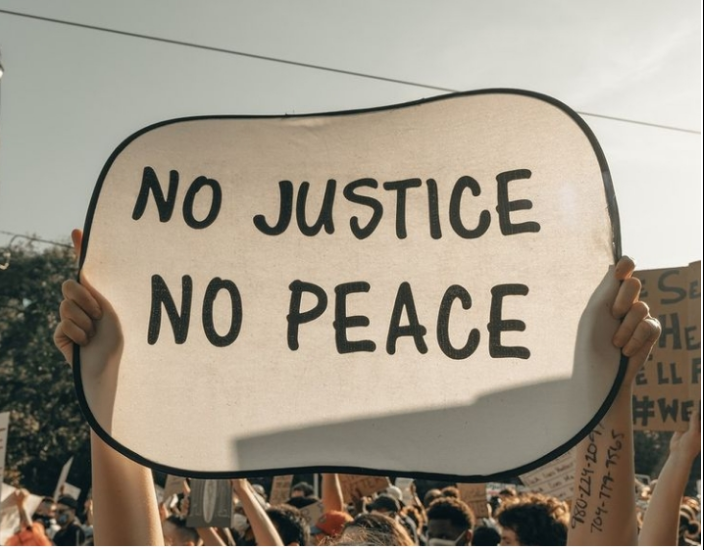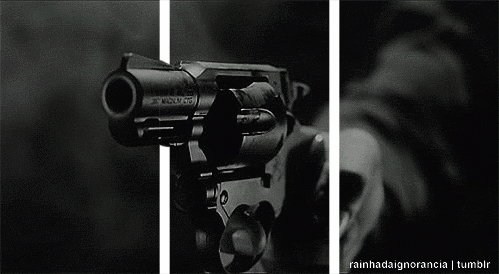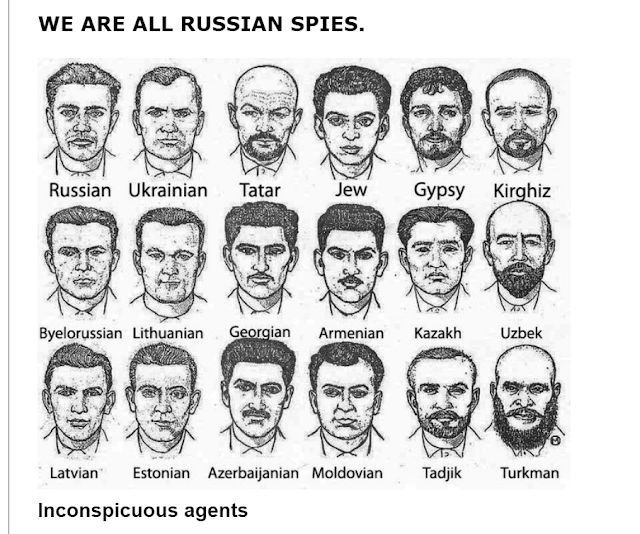Friday, May 21, 2021
Thursday, May 20, 2021
Saturday, May 15, 2021
Friday, May 14, 2021
Friday, May 7, 2021
Monday, May 3, 2021
Chernobyl disaster
Chernobyl disaster
The Chernobyl disaster was a nuclear accident that occurred on Saturday 26 April 1986, at the No. 4 reactor in the Chernobyl Nuclear Power Plant, near the city of Pripyat in the north of the Ukrainian SSR in the Soviet Union.[1][2] It is considered the worst nuclear disaster in history both in terms of cost and casualties,[3] and is one of only two nuclear energy accidents rated at seven—the maximum severity—on the International Nuclear Event Scale, the other being the 2011 Fukushima Daiichi nuclear disaster in Japan. The initial emergency response, together with later decontamination of the environment, ultimately involved more than 500,000 personnel and cost an estimated 18 billion Soviet rubles—roughly US$68 billion in 2019, adjusted for inflation.[4][5]
 Reactor 4 several months after the disaster. Reactor 3 can be seen behind the ventilation stack | |
| Date | 26 April 1986; 35 years ago |
|---|---|
| Time | 01:23:40 MSD (UTC+04:00) |
| Location | Chernobyl nuclear power plant, Pripyat, Ukrainian SSR, USSR (now Ukraine) |
| Type | Nuclear and radiation accident |
| Cause | Reactor design flaws and serious breach of protocol during simulated power outage safety test |
| Outcome | INES Level 7 (major accident) see Chernobyl disaster effects |
| Deaths | Fewer than 100 deaths directly attributed to the accident. Varying estimates of increased mortality over subsequent decades (see Deaths due to the disaster) |
The accident started during a safety test on an RBMK-type nuclear reactor. The test was a simulation of an electrical power outage to help create a safety procedure for maintaining reactor cooling water circulation until the back-up electrical generators could provide power. Three such tests had been conducted since 1982, but they had failed to provide a solution. On this fourth attempt, an unexpected 10-hour delay meant that an unprepared operating shift was on duty.[6] During the planned decrease of reactor power in preparation for the electrical test, the power unexpectedly dropped to a near-zero level. The operators were able to only partially restore the specified test power, which put the reactor in an unstable condition. This risk was not made evident in the operating instructions, so the operators proceeded with the electrical test. Upon test completion, the operators triggered a reactor shutdown, but a combination of unstable conditions and reactor design flaws caused an uncontrolled nuclear chain reaction instead.[7]:33
A large amount of energy was suddenly released, and two explosions ruptured the reactor core and destroyed the reactor building. One was a highly destructive steam explosion from the vaporising superheated cooling water; the other explosion could have been another steam explosion or a small nuclear explosion, akin to a nuclear fizzle. This was immediately followed by an open-air reactor core fire that released considerable airborne radioactive contamination for about nine days that precipitated onto parts of the USSR and western Europe, especially Belarus, 16 km away, where around 70% landed,[8] before being finally contained on 4 May 1986.[9][10] The fire gradually released about the same amount of contamination as the initial explosion.[4] As a result of rising ambient radiation levels off-site, a 10-kilometre (6.2 mi) radius exclusion zone was created 36 hours after the accident. About 49,000 people were evacuated from the area, primarily from Pripyat. The exclusion zone was later increased to 30 kilometres (19 mi) when a further 68,000 people were evacuated from the wider area.[11]
The reactor explosion killed two of the reactor operating staff. A massive emergency operation to put out the fire, stabilize the reactor, and cleanup the ejected nuclear core began. In the disaster and immediate response, 134 station staff and firemen were hospitalized with acute radiation syndrome due to absorbing high doses of ionizing radiation. Of these 134 people, 28 died in the days to months afterward and approximately 14 suspected radiation-induced cancer deaths followed within the next 10 years.[12][13] Significant cleanup operations were taken in the exclusion zone to deal with local fallout, and the exclusion zone was made permanent.
Among the wider population, an excess of 15 childhood thyroid cancer deaths were documented as of 2011.[14][15] The United Nations Scientific Committee on the Effects of Atomic Radiation (UNSCEAR) has, at multiple times, reviewed all the published research on the incident and found that at present, fewer than 100 documented deaths are likely to be attributable to increased exposure to radiation.[16] Determining the total eventual number of exposure related deaths is uncertain based on the linear no-threshold model, a contested statistical model, which has also been used in estimates of low level radon and air pollution exposure.[17][18] Model predictions with the greatest confidence values of the eventual total death toll in the decades ahead from Chernobyl releases vary, from 4,000 fatalities when solely assessing the three most contaminated former Soviet states, to about 9,000 to 16,000 fatalities when assessing the total continent of Europe.[19]
To reduce the spread of radioactive contamination from the wreckage and protect it from weathering, the protective Chernobyl Nuclear Power Plant sarcophagus was built by December 1986. It also provided radiological protection for the crews of the undamaged reactors at the site, which continued operating. Due to the continued deterioration of the sarcophagus, it was further enclosed in 2017 by the Chernobyl New Safe Confinement, a larger enclosure that allows the removal of both the sarcophagus and the reactor debris, while containing the radioactive hazard. Nuclear clean-up is scheduled for completion in 2065.[20]
Background
Accident
Crisis management
Immediate site and area remediation
Investigations and the evolution of identified causes
Fizzled nuclear explosion hypothesis
Release and spread of radioactive materials
Environmental impact
Human impact
Long term site remediation
Exclusion zone
Recovery projects
Nuclear debate
See also
References
Further reading
External links
The Truth is ..All Lives Matter .

The Truth is ..All Lives Matter , it's SAD to Find out some People think black Lives Doesn't Matter or they Matter LESS😡
Using a Vehicle as a Weapon

Using a Vehicle as a Weapon
Animals Use their Mouth as a Weapon. What do Humans Use as a Weapon ? Atomic , Nuclear , Vehicles ,

Humans use Guns , Knives , RPGS...etc
dark tracker

dark web
V 8765487654
F 97654487543
m

b
Racism

Injustice
WE ARE ALL RUSSIAN SPIES

INCONSPICUOS AGENTS
S 87654487543
B 876544876
Hiroshima and Nagasaki.( August 6-9 )

Humans are a Million times More Dangerous than Animals
History of Palestine

Bitter Truth
Cyberspace Solarium Commission

Defense
Canadian Dark History

Residential Schools
Lost Homes

Palestine
No Justice ,No Peace

Straight forward
Middle East

Statistics
Al Quds day

Palestine
Executions...Top ten

Y 2020
Ff

Pp
N

D
M

V
My Home . Earth. Seen from the Red Planet.

Earth seen from mars
NASA

Logo
Mars'Touchdown
Police Brutality

How Many Weren't FILMED ?
Fb

Warning
The NRA

Guns and Gangs
Doomsday

Clock
K 446578
- 222 TIPS - Crime Stoppers
- CID Kenya
- 25 Most Failed States
- Failed State
- VICE...
- Ontario Crime Stoppers
- Breitbart
- Bill C-7. Dying
- Police Brutality
- UN for Climate change
- Justia
- Amnesty international
- Toronto Police News. Release
- The Criminal Code of Canada
- D.O.D. USA News release
- D.O.D. Usa
- Halifax Security Forum
- Munich Security Conference
- Bill C 22
- 5 th. Homicide of 2021
- Global Uranium Time lapse
- Global Nuclear Timelapse
- Crime Stoppers
- Terrorist by County
- next block homicide
- 9-11 Attacks
- Fox on Terror
- Qasem Soleimani Assassination 😡
100 seconds. Doomsday Clock

To Midnight
Homicide

Book
Crime

Vocabulary
Mig 66654
AN INCIDENT or AN ACCIDENT

POLICE
Black

Tears
R

E
D 87544678
Doomsday Clock
Doomsday Clock closest to midnight in 73 years amid nuclear war fears, climate change:
C 87655
2 - Fire

Building Burning - Grenfell
Sherif

Coroner
X 87675657
Predators and Preys
Introduction: PredationEdit
Ultimately, the source of energy for all life originates from the sun. Plants utilize the sun's energy, animals eat plants and utilize the plants' energy, and some animals eat other animals and utilize their energy. The food chain is a cycle of predation, and although it is necessary for life to exist, it has to have limits. Prey develop defenses against their predators, and predators strive to overcome such obstacles. The balance between survival of prey and predator is part of the reason that our ecosystem is so diverse.
Nuclear Reactors in the world. About ~ 500

HIROSHIMA: 75 years since atomic bomb obliterated city

atomic bomb
Doomsday

Clock
Ontario Nuclear Alert

Warnings
Knife

Attack





